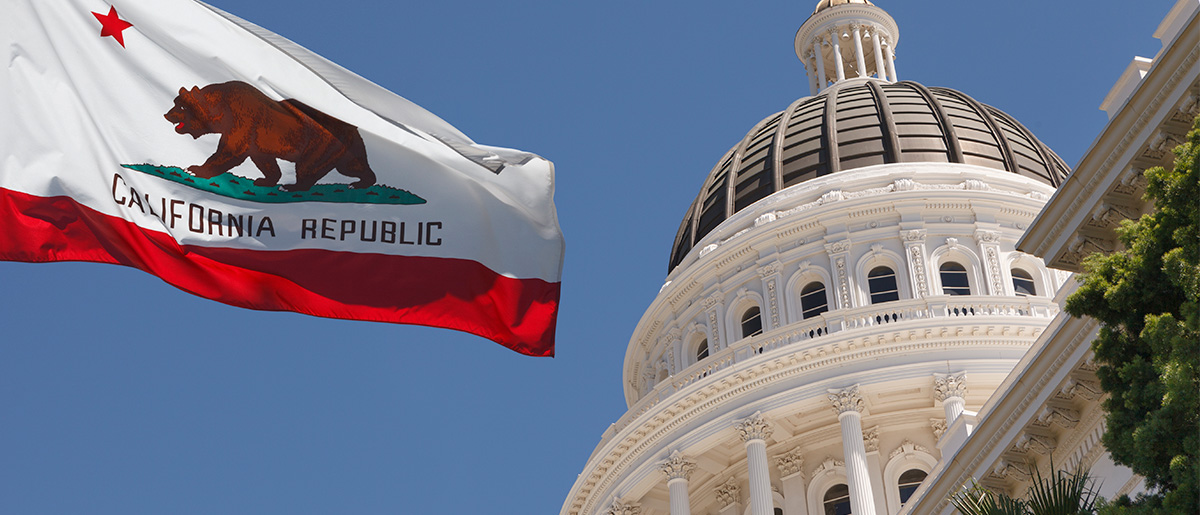“We’re encouraged that Gov. Newsom continues to identify and address some of the more pressing issues facing California public schools, such as special education, early learning, employer pension contributions and teacher recruitment, training and retention,” CSBA President Dr. Emma Turner said. “In his first budget, the Governor has made significant progress toward providing the resources needed to give all students a high-quality education. In the coming months, we look forward to partnering with the Governor to accelerate this work and secure the investment needed to lift California from the bottom of the national rankings in per-pupil funding and into the top 10.”
CalSTRS
The administration proposes increasing its non-Proposition 98 General Fund commitment to the CalSTRS system on behalf of school employers from the $3 billion proposed in January by an additional $150 million in the May Revision, for a total amount of $3.15 billion. The additional $150 million in one-time funds is proposed to buy down employer contribution by an additional 0.4 percent, representing an employer contribution level of 16.7 percent for 2019–20. The employer rate buy down for 2020–21 would remain the same as in the January budget at 17.1 percent.
Special education
In January, the administration proposed $577 million, composed of both ongoing and one-time funds, for special education with a new allocation method outside of the current special education funding model. In the May Revision, an additional $119.2 million is proposed for special education with the new allocation method and commits the new total of $696.2 million entirely to ongoing support.

The May Revision includes a reduction of $150 million, for a new total of $600 million in one-time non-Proposition 98 funding to districts that do not currently offer full-day kindergarten to construct new facilities or retrofit existing facilities. The proposal increases the state match to 75 percent, from 50 percent in the January proposal, and also extends available funding over three years with the priority in the first two years for those school districts that do not currently provide full-day kindergarten.
Charter schools
The May Revision includes four specific charter school transparency provisions that will likely be included along with the budget and therefore precede any other charter reform bills:
- Prohibit charter schools from discouraging students from enrolling in a charter school or encouraging students to disenroll from a charter school on the basis of academic performance or student characteristic, such as special education status.
- Prohibit charter schools from requesting a pupil’s academic records or requiring that a pupil’s records be submitted to the charter school prior to enrollment.
- Create a process for families of prospective and current charter school students to report concerns to the relevant authorizer.
- Require the California Department of Education to examine the feasibility of using data from the California Longitudinal Pupil Assessment Data System to identify charter school enrollment disparities that may warrant inquiry and intervention by corresponding authorizers.
Additional funding proposed in the May Revision for teacher retention and training include:
- $44.8 million one-time non-Proposition 98 General Fund to provide training and resources for classroom educators to build capacity around inclusive practices, social emotional learning, computer science and restorative practices as well as subject matter competency, including STEM.
- $13.9 million ongoing federal funds for professional learning opportunities for public K-12 school administrators to provide the knowledge, skills and competencies necessary to support the diverse student population served in California public schools.
- $15 million one-time non-Proposition 98 General Fund for broadband infrastructure.
- $1 million one-time non-Proposition 98 General Fund, available over four years, to the State Board of Education to establish a state Computer Science Coordinator.
- Classified School Employees Summer Assistance Program — An increase of $36 million one-time Proposition 98 General Fund for an additional year of funding for this program, which provides a state match for classified employee savings used as income during summer months.
- Wildfire-Related Cost Adjustments — An increase of $2 million one-time Proposition 98 General Fund to reflect adjustments in the estimate for property tax backfill for basic aid school districts impacted by 2017 and 2018 wildfires. Additionally, an increase of $727,000 one-time Proposition 98 General Fund to reflect adjustments to the state’s student nutrition programs resulting from wildfire-related losses.